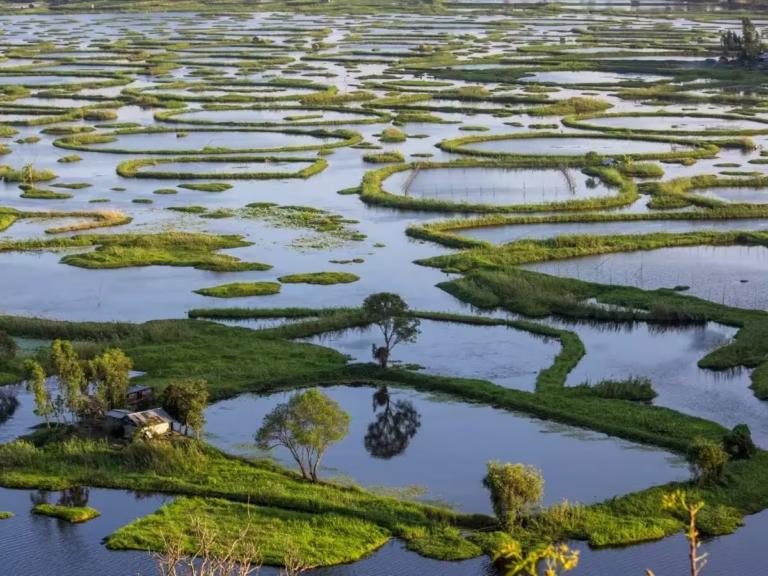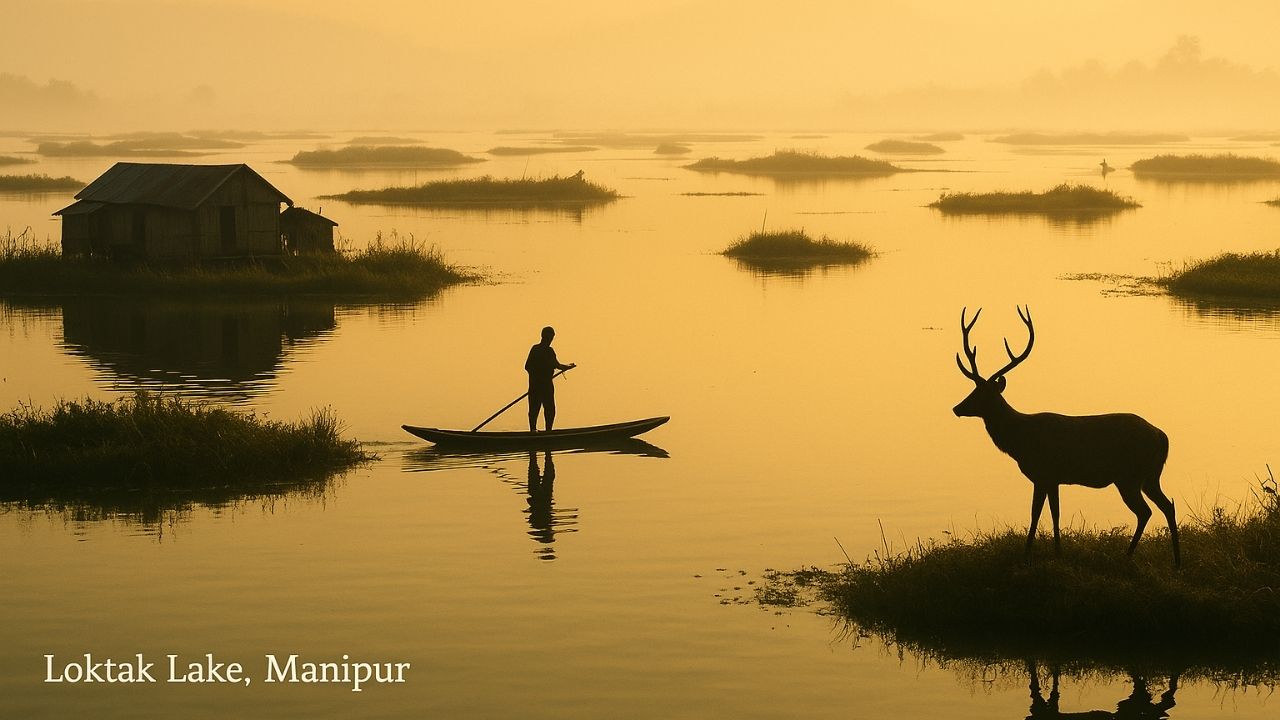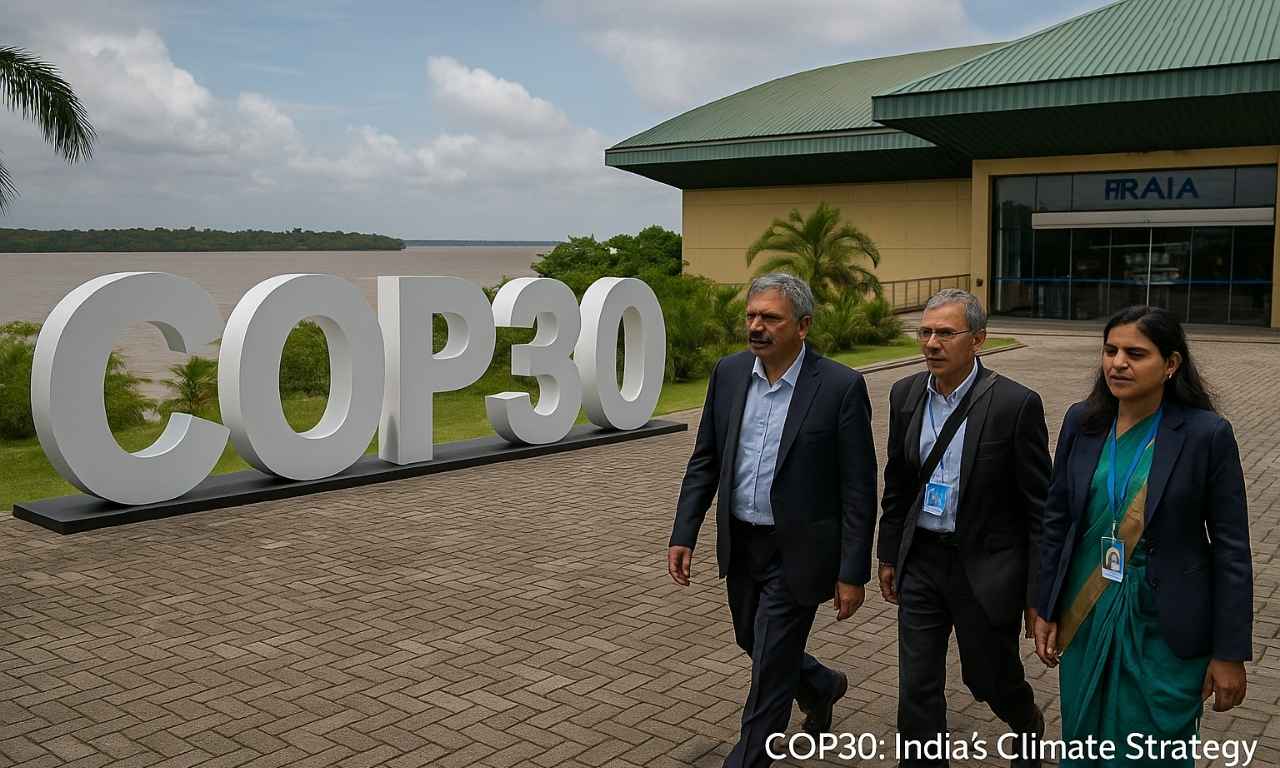A recent Nagaland University study has raised alarms over the declining ecological health of Manipur’s Loktak Lake, citing pollution, land-use changes, and human interference as major causes of concern.
About Loktak Lake
- Location: Situated in Manipur, Loktak is the largest freshwater lake in Northeast India.
- Unique Feature: Known for its phumdis — floating masses of vegetation, soil, and organic matter.
- Ecological Importance:
- The Keibul Lamjao National Park, the world’s only floating national park, lies within the lake.
- It is the last natural refuge of the endangered Sangai deer (brow-antlered deer).
- Inflowing Rivers: Fed by Khuga, Nambul, Imphal, Kongba, Iril, Thoubal, Heirok, and Sekmai rivers.
- Ramsar Status: Declared a Ramsar site (Wetland of International Importance) in 1990.
- Montreux Record: Added in 1993 due to concerns over its ecological degradation.

Biodiversity and Livelihood Importance
- Hosts 132 plant species and 428 animal species, sustaining diverse flora and fauna.
- Supports fishing, irrigation, hydropower generation, transport, and tourism — making it central to local livelihoods.
Major Environmental Concerns (as per study)
- Land-use changes: Expansion of agriculture and human settlements around the lake.
- Shifting cultivation: Leading to soil erosion and sediment deposition in feeder rivers.
- Water pollution: Agricultural runoff and waste disposal degrading water quality.
- Biodiversity loss: Threatening aquatic life and the survival of the Sangai deer.
- Livelihood impacts: Decline in fish productivity and tourism affecting local income sources.
This topic is available in detail on our main website.





